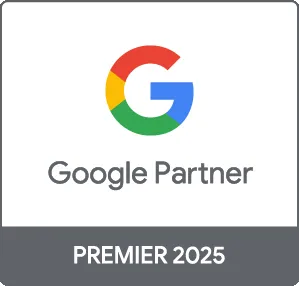Google Ads display campaigns are an essential tool for businesses looking to expand their digital marketing reach. These campaigns allow you to showcase your brand through visual banners across the Google Display Network, which comprises millions of websites, apps, and videos. In this guide, we'll dive into how to effectively set up and manage display campaigns, ensuring maximum engagement and return on investment (ROI).
What is a Google Ads Display Campaign?
A display campaign in Google Ads enables advertisers to reach potential customers through visually appealing advertisements displayed on various websites or applications. Unlike search ads that target users based on search queries, display ads reach users based on their interests and demographics.
Benefits of Using Google Ads Display Campaigns
- Wide Reach: Access millions of websites and target users across different online platforms.
- Visual Impact: Capture attention with creative and visually engaging ads, increasing brand recognition.
- Targeting Options: Use advanced targeting such as remarketing, demographic targeting, and contextual targeting to reach the right audience.
- Cost-Effective: Control your budget with flexible bidding strategies and only pay for clicks or impressions.
How to Set Up a Display Campaign
Step 1: Define Your Goals
Before creating your display campaign, identify your objectives. Common goals include brand awareness, lead generation, or driving traffic to your website.
Step 2: Create a New Campaign
Log into your Google Ads account and select the option to create a new campaign. Choose “Display” as your campaign type.
Step 3: Choose Your Targeting Options
Select your target audience based on interests, demographics, and locations. Use audience insights to refine your selection for better results.
Step 4: Design Your Ads
Create visually compelling ads using Google's responsive display ads or upload static banners. Ensure your branding, messaging, and call-to-action are clear and aligned with your campaign goals.
Step 5: Set Your Budget and Bidding
Decide on your daily budget and choose a bidding strategy that suits your goals, whether it’s targeting clicks or impressions.
Step 6: Launch and Monitor Your Campaign
Once you’ve set up your campaign, launch it and continuously monitor its performance. Use Google Ads reporting tools to assess your campaign metrics and make necessary adjustments.
Best Practices for Display Campaigns
- Test Different Creatives: A/B test various ad designs to determine which resonates most with your audience.
- Optimize Landing Pages: Ensure your landing pages align with your ad messaging for higher conversion rates.
- Leverage Remarketing: Re-engage visitors who previously interacted with your website to encourage conversions.
- Regularly Review Performance: Analyze your campaign data to optimize your targeting, ad placements, and bidding strategies.
Conclusion
Google Ads display campaigns offer a powerful way to enhance your online visibility and connect with potential customers. By following the steps outlined in this guide and adhering to best practices, you can effectively manage your display campaigns to achieve your marketing goals. For businesses looking for assistance in leveraging Google Ads, Prebo Digital offers expert services tailored to your needs. Reach out to us today for a consultation!





